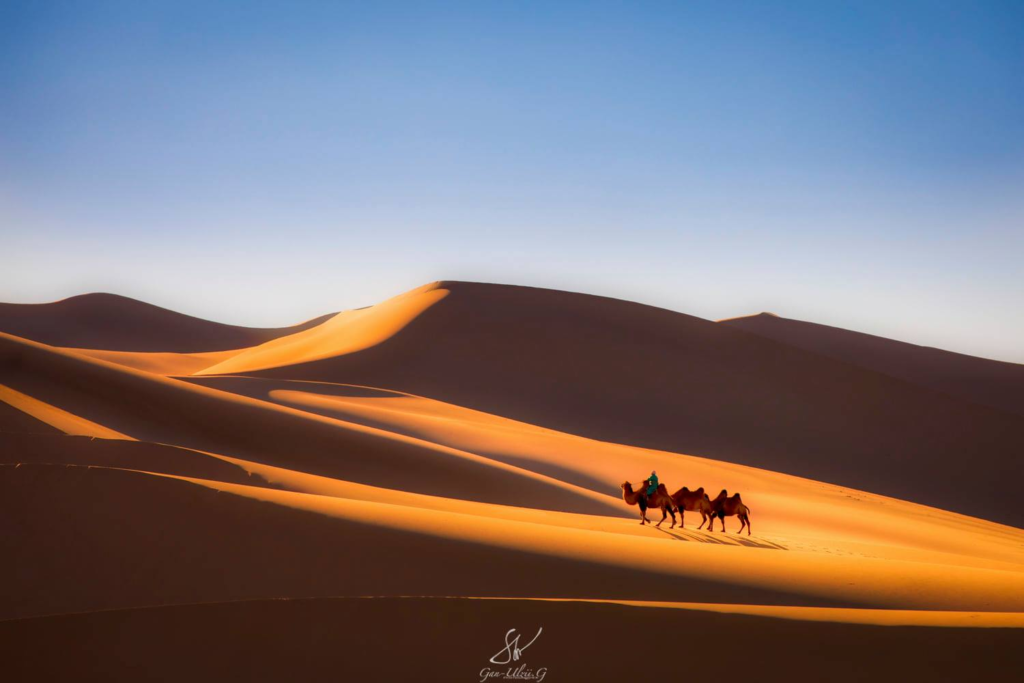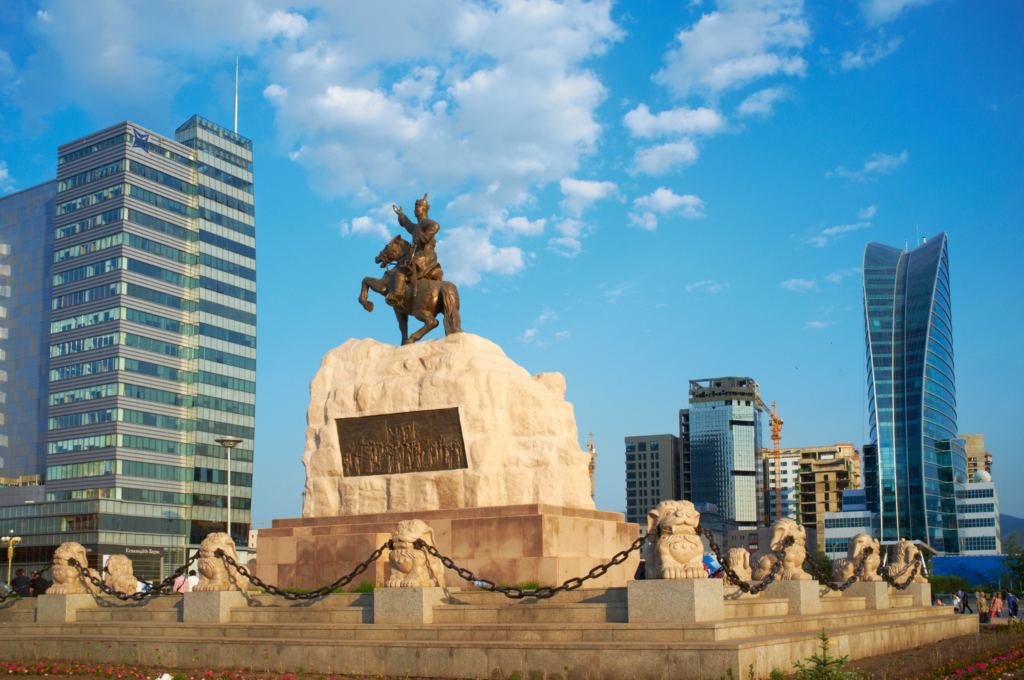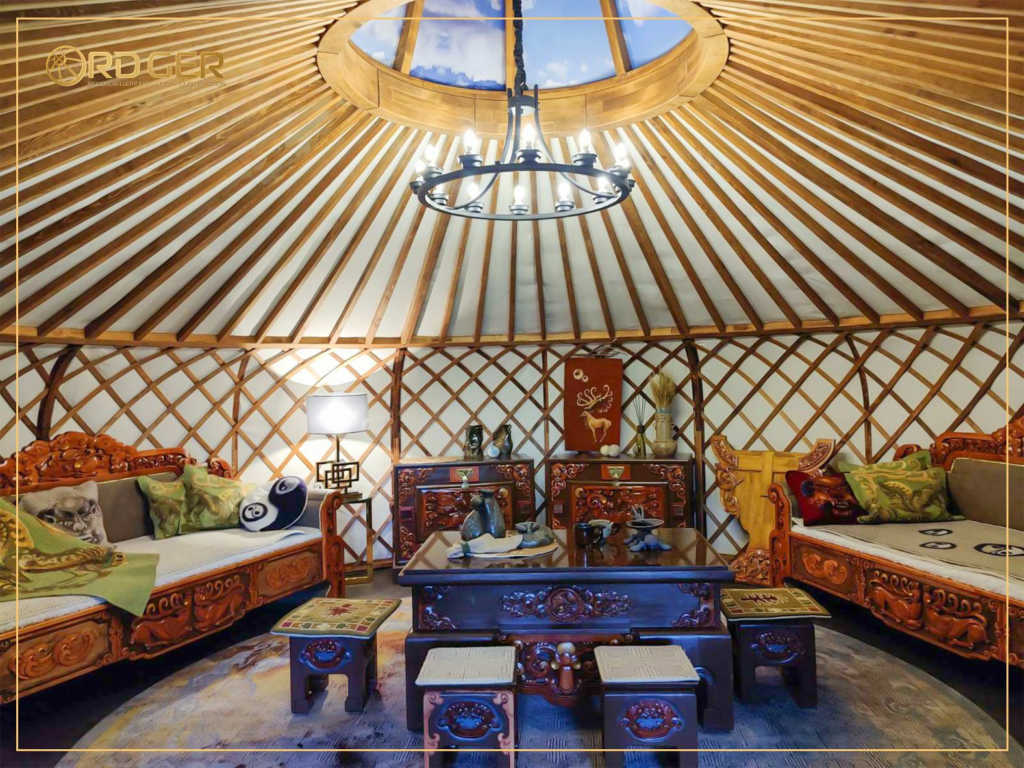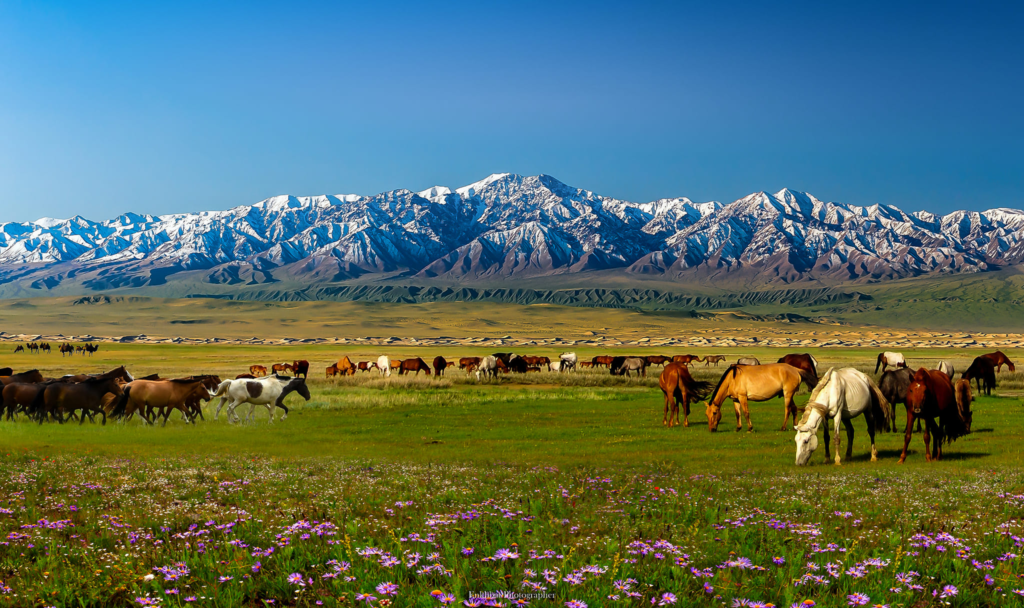Mongolian Ger stands as a resilient symbols of a unique way of life. These portable, circular tents, also known as yurts, are meticulously crafted to provide not only shelter but a warm and comforting abode for the nomadic herders who call them home. In this exploration, we delve into the artistry of Mongolian Ger construction and design, unraveling the secrets of these nomadic havens.

Weaving the Origins of Mongolian Ger
Mongolian Ger has been an integral part of Mongolian nomadic culture for centuries, adapting to the ever-changing seasons and serving as a movable home for the pastoral communities. The design of the Ger is a testament to the nomads’ intimate knowledge of their environment and the need for a dwelling that can withstand the harsh realities of the Mongolian landscape.
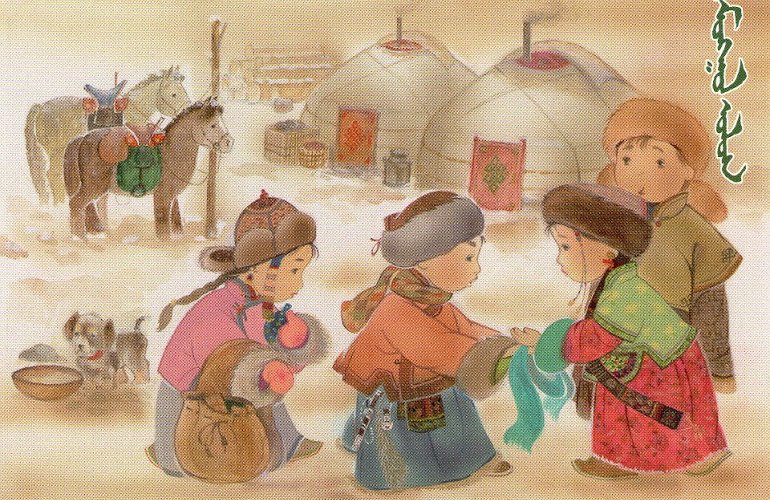
Structural Symphony: Anatomy of a Ger
A Ger is a marvel of engineering simplicity, with a wooden frame forming the skeleton of the structure. The central column, called the “crown,” supports the distinctive circular roof. The lattice wall, made of intricately connected wooden beams, creates a flexible yet sturdy framework. The outer layer is covered with felt or canvas, providing insulation against the biting cold of Mongolian winters and the scorching heat of summers.
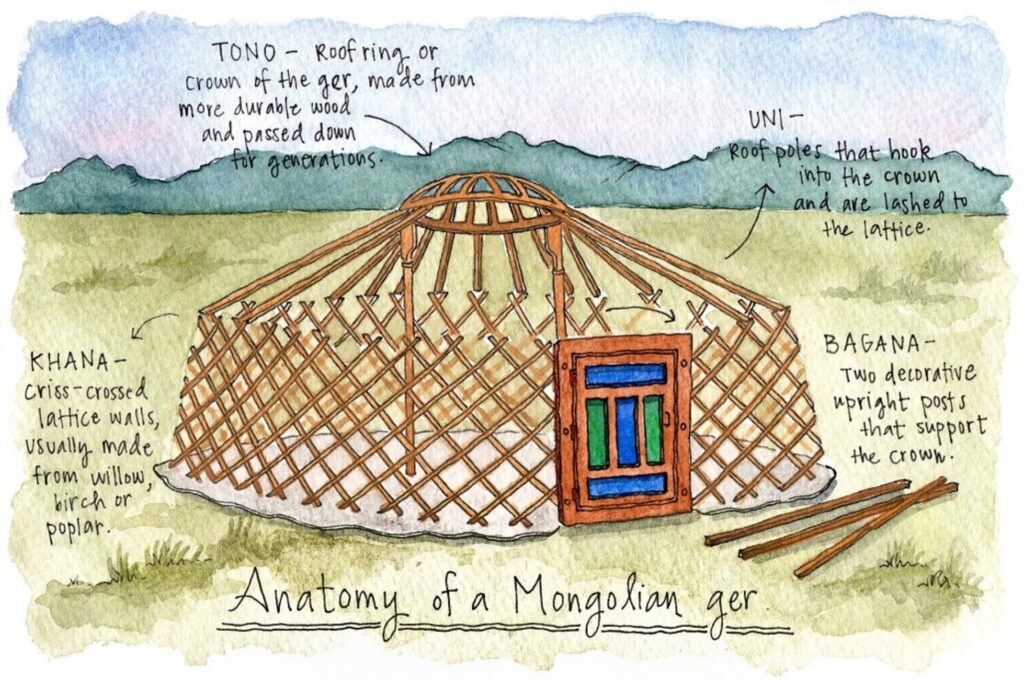
Nomadic Efficiency: Portable Perfection
One of the most remarkable features of the Ger is its portability. Nomadic herders, constantly on the move in search of fresh pastures for their livestock, needed a home that could be dismantled and reassembled with ease. The Ger’s collapsible structure, held together by a tension band, allows for swift assembly and disassembly, enabling the nomads to follow their herds across the vast Mongolian landscapes.
Interior Harmony: Practicality Meets Comfort
Step inside a Mongolian Ger, and you’ll find a space thoughtfully designed for functionality and warmth. The interior is often divided into specific areas, with a central hearth for cooking and heating. The arrangement of furniture and belongings follows a traditional layout, reflecting the nomadic lifestyle’s practical demands.
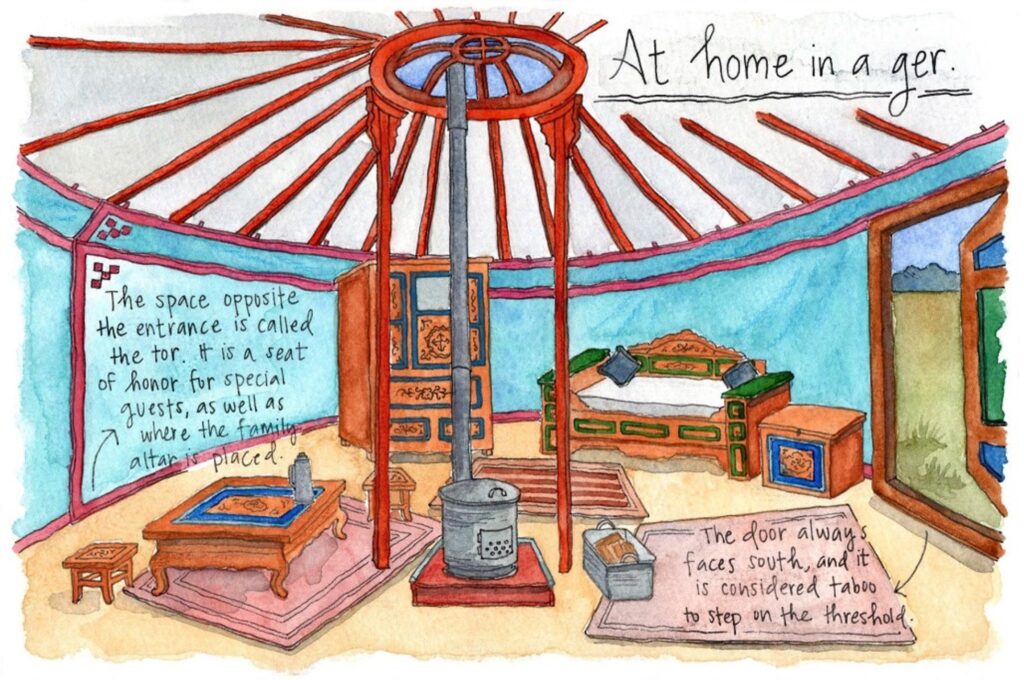
Decorative Flourishes: The Artistry of Adornments
While the Ger’s primary purpose is practical – providing shelter in a nomadic setting – it is also a canvas for cultural expression. The interior of a Ger is adorned with colorful fabrics, intricate carpets, and meaningful symbols that reflect the nomads’ beliefs and traditions. Each Ger tells a unique story through its decorations, creating a sense of home wherever it stands.
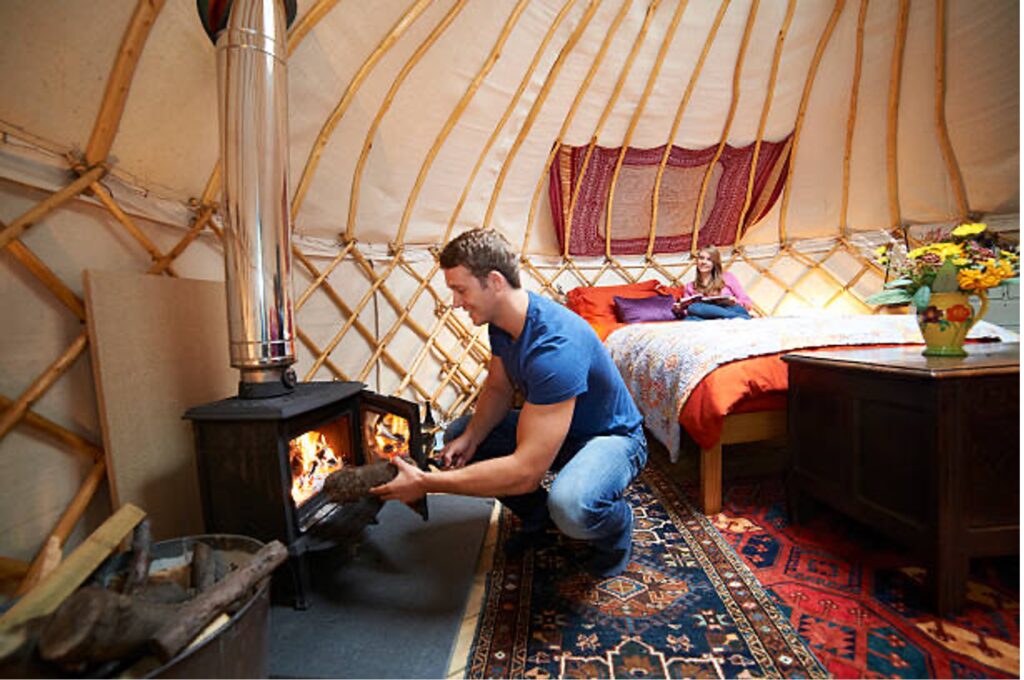
Adapting to Modernity: Gers in the Contemporary Context
In the face of modernization and changing lifestyles, the Ger has proven its versatility. Today, Gers are not only a fixture on the Mongolian steppes but have found a place in urban settings. Some families continue to live in Gers, embracing the connection to their nomadic heritage, while others use them as seasonal retreats or cultural symbols.
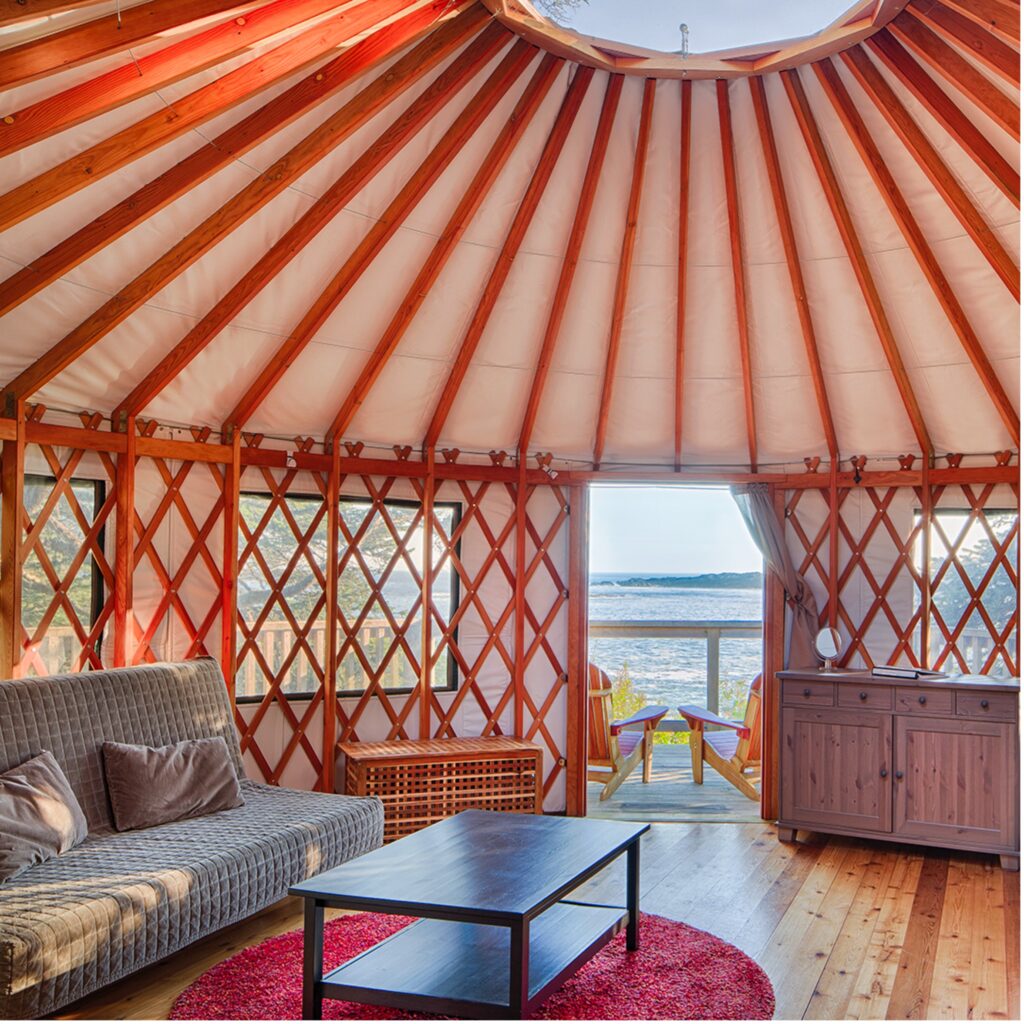
Preserving the Tradition: A Living Heritage
In a world marked by rapid change, the enduring presence of Gers in Mongolia serves as a living testament to the resilience of nomadic traditions. The art of Ger construction is not merely a historical relic but a vibrant and evolving heritage passed down through generations. As younger Mongolians embrace modern lifestyles, there remains a collective effort to preserve and celebrate the nomadic way of life, ensuring that the craft of Ger construction continues to thrive. In this delicate dance between tradition and modernity, the Mongolian Ger stands tall, not just as a shelter but as a cultural beacon illuminating the path of a proud and timeless heritage.
Mongolian Ger construction and design represent more than just the physical structure of a dwelling. They encapsulate the nomadic spirit, resilience, and resourcefulness of a people deeply connected to their land. As we unravel the intricacies of Ger craftsmanship, we discover a nomadic legacy woven into every stitch, a legacy that continues to stand against the winds of time in the heart of Mongolia.

